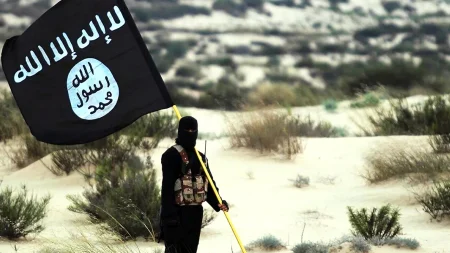Operation in the Caribbean: A U.S. Military Encounter
The aerial surveillance mission occurred just 48 hours following a significant United States military operation in Caribbean waters. According to U.S. officials, the operation targeted a vessel suspected of transporting illegal narcotics. This flyover appears to be part of ongoing monitoring activities in the region, potentially to assess outcomes of the previous military engagement or to maintain vigilance in an area known for drug trafficking routes.
The timing of these two events suggests an intensified focus on maritime security operations in the Caribbean. The military strike represents a direct intervention approach in the ongoing efforts to combat drug trafficking networks that utilize sea routes to transport illegal substances destined for U.S. markets and other destinations. Such operations typically involve coordination between multiple agencies, including the Coast Guard, Navy, and intelligence services working together to identify and intercept suspicious vessels.
These recent military activities highlight the persistent challenges faced in controlling narcotics movement through Caribbean waters. The region has historically served as a critical transit zone for drugs moving from South American production centers toward North American and European markets. Despite decades of interdiction efforts, trafficking organizations continue to adapt their methods, utilizing everything from sophisticated semi-submersible vessels to traditional fishing boats to evade detection while transporting their illegal cargo.
For communities in both the United States and Caribbean nations, these military operations represent more than abstract security exercises—they directly impact lives affected by the drug trade. In source and transit countries, drug trafficking organizations often bring violence and corruption, undermining governance and economic development. Meanwhile, in destination countries like the United States, communities struggle with the public health consequences of drug availability and addiction. The military engagement with suspected trafficking vessels represents one component of a complex response to these interconnected challenges.
The U.S. military’s involvement in counter-narcotics operations raises important questions about the appropriate role of military forces in law enforcement activities. While military assets provide capabilities that civilian agencies may lack—including advanced surveillance technology and the ability to operate in challenging maritime environments—their deployment must balance security objectives with legal considerations and diplomatic relationships with Caribbean nations. The recent strike followed by surveillance operations demonstrates the ongoing evolution of this approach as trafficking networks themselves continue to adapt.
Looking ahead, the proximity of these two operations suggests continued U.S. commitment to disrupting drug trafficking routes through the Caribbean. However, security experts consistently note that interdiction alone cannot solve the underlying problems driving the narcotics trade. Comprehensive approaches that combine interdiction with demand reduction, alternative development in source countries, and strengthened governance throughout the region offer more sustainable paths forward. Nevertheless, these recent military activities in Caribbean waters demonstrate that direct intervention remains a significant component of current counter-narcotics strategy.







